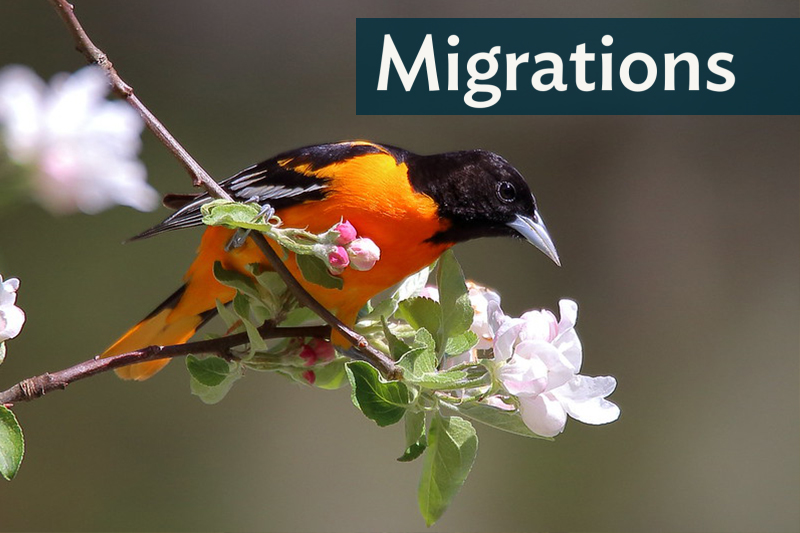A Flash of Flame in the Trees
When a bright orange bird flickers through spring foliage, chances are you're witnessing an oriole. Beloved by birders and casual observers alike, orioles are known for their vivid colors, flute-like songs, and unique nests that sway gently from tree branches. They belong to the blackbird family, yet they stand apart with their tropical hues and more secretive habits. Of the many oriole species, none is more well-known in North America than the Baltimore Oriole — a bird as stunning in appearance as it is fascinating in behavior.

Meet the Baltimore Oriole
The Baltimore Oriole (Icterus galbula) is easily recognized by the male’s fiery orange body, black head and wings, and white wing bars. Females are more subdued in color, with yellow-orange tones and grayish wings. Despite the name, Baltimore Orioles are not limited to Maryland; they range widely across eastern and central North America in spring and summer. They favor open woodlands, parks, and suburban areas, often foraging high in trees for insects, nectar, and ripe fruit — especially oranges and jelly left by thoughtful humans.

Oriole Migration: A Seasonal Spectacle
Baltimore Orioles are neotropical migrants, spending winters in Central America, northern South America, and the Caribbean. Each spring, they return thousands of miles north to breed. Their arrival is a celebrated sign of the season for many in the eastern U.S. — often coinciding with the blooming of flowering trees. This long-distance migration connects ecosystems across continents and makes orioles vulnerable to threats along the way, including habitat loss and climate shifts.

The Nest: Hanging Artistry
Oriole nests are marvels of avian engineering. Females weave them into hanging pouches suspended from high, thin branches — a design that keeps predators at bay and gently rocks the chicks inside. Made from plant fibers, string, grass, and even horsehair, these nests are not only functional but beautiful. They can take up to two weeks to build and may hang as much as a foot long. Spotting a pendulous oriole nest swaying in the wind is a hallmark of late spring and summer.

Songs in the Canopy
The Baltimore Oriole’s song is as iconic as its plumage — a rich, whistling melody that often drifts from treetops in early morning. Males sing to defend territory and attract mates, while females use softer calls to communicate with nestlings or mates. Orioles are part of a chorus of springtime, but their song stands out: clear, fluted, and warm. Each individual has a unique variation of the tune, and experienced birders can often tell individuals apart just by their song patterns.

Orioles in Myth, Symbol, and Sport
Orioles carry symbolic weight beyond the treetops. The Baltimore Oriole is Maryland’s state bird and namesake of the city’s Major League Baseball team, a nod to both its beauty and regional identity. In folklore, orioles have been seen as signs of joy, change, or spiritual connection. Their bright presence has long captured human imagination — a reminder of the richness and rhythm of the natural world. Some Native American traditions associate orioles with sunlight and summer.
Helping Orioles Thrive
Helping orioles thrive means protecting migratory pathways, planting native trees, and avoiding pesticides. Simple steps — like offering orange halves or grape jelly, or keeping outdoor cats indoors — can help orioles flourish in your neighborhood. Supporting conservation efforts also ensures that these dazzling birds continue to enchant future generations. In every flash of orange in the canopy or echo of a morning song, the oriole reminds us of nature’s brilliance and its need for care.